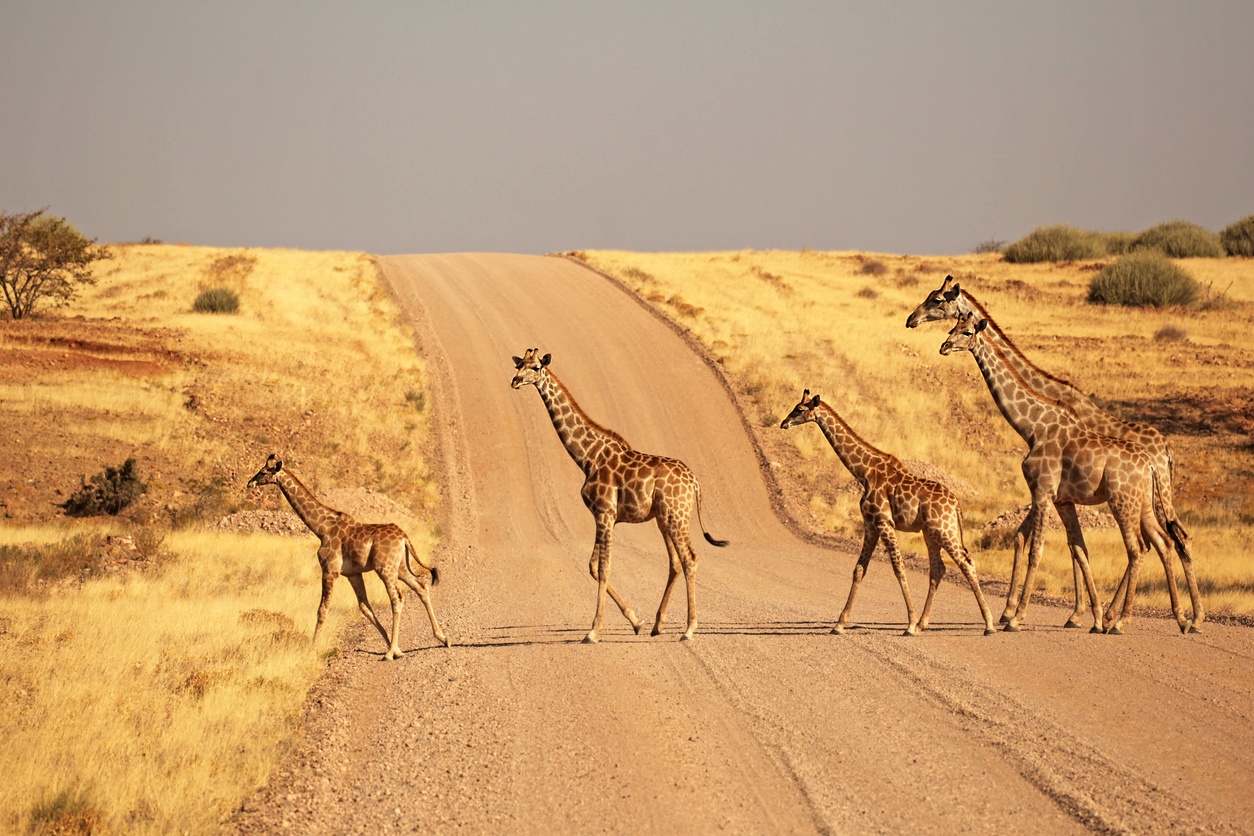
Etosha National Park (Namibia)
Etosha National Park is one of the largest and most spectacular in Africa, with an area of 22,270 km². It is located in northern Namibia and its main attraction is the huge salt flat that occupies the center of the park, known as the great white place. The park is home to a wide variety of animal species, such as lions, elephants, rhinos, giraffes, zebras and antelopes, which can be observed at the numerous water points surrounding the salt pan.
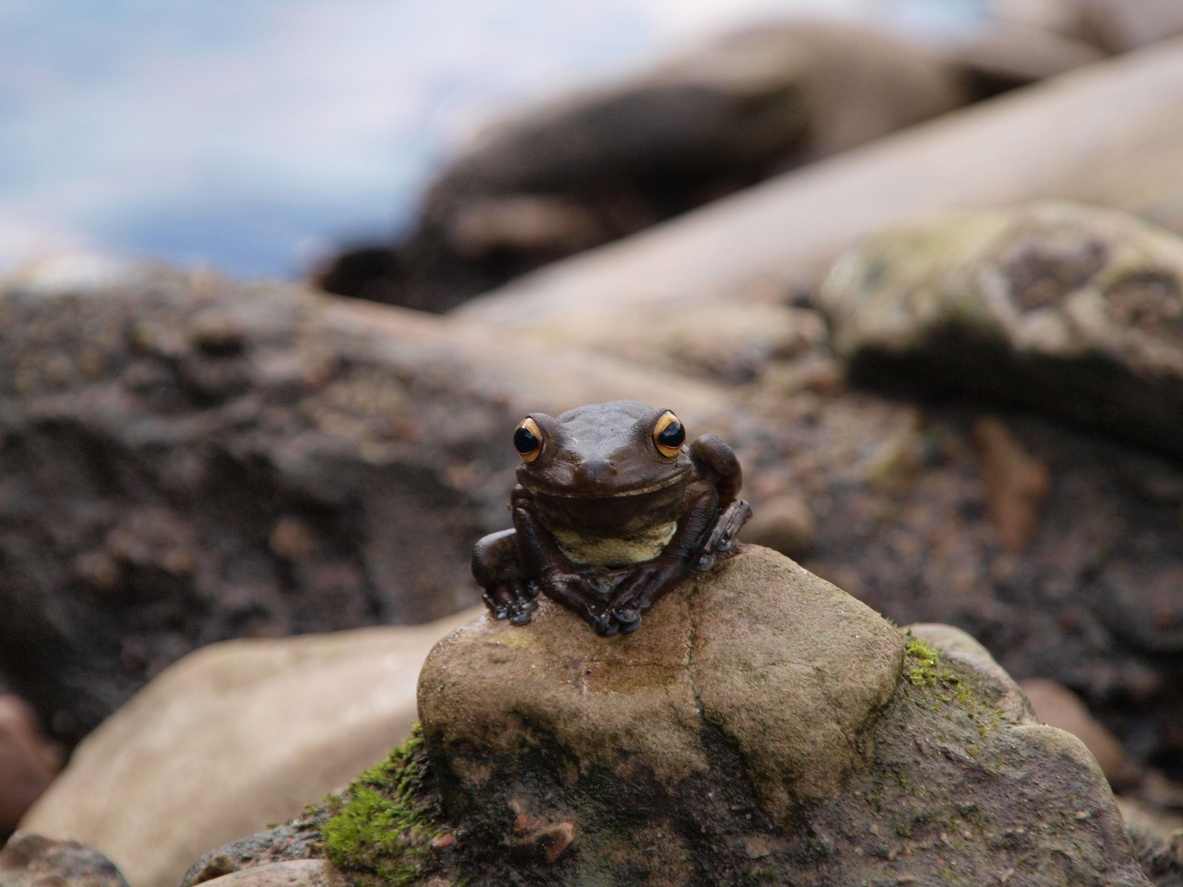
Canaima National Park (Venezuela)
Canaima National Park is a national park located in the state of Bolívar, in southeastern Venezuela. It was created in 1962 and declared a World Heritage Site by UNESCO in 1994. It covers an area of three million hectares, home to a great diversity of ecosystems, from forests and savannahs to rivers and lagoons. Its main attraction are the tepuis, tabular mountains of Precambrian origin, which present a unique flora and fauna in the world. Among them, the Auyantepuy stands out, where the Angel Falls originate, the highest waterfall on the planet at 979 meters.
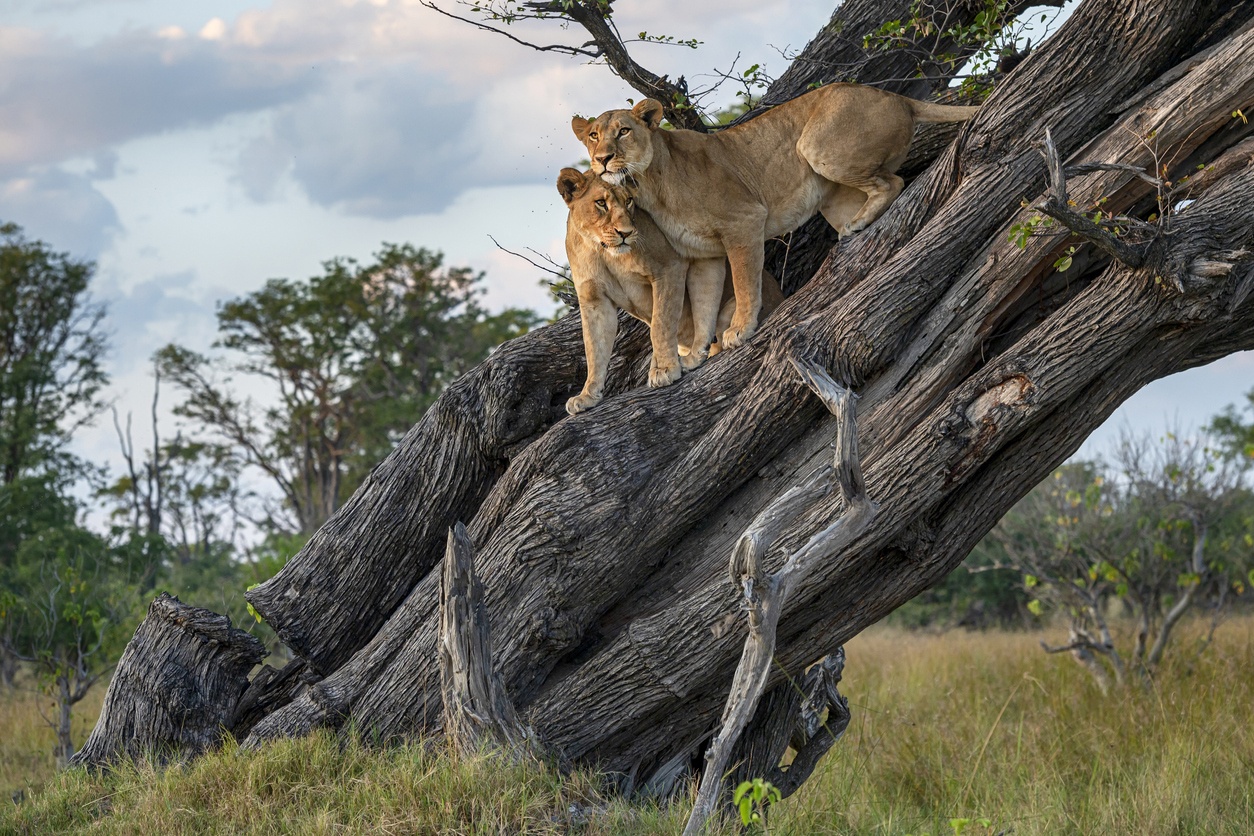
Central Kalahari Game Reserve (Botswana)
The Central Kalahari Game Reserve is one of the largest and most remote protected areas in Africa, covering 52,800 km² in the Kalahari Desert in Botswana. It was created in 1961 to preserve the habitat and culture of the Bushmen, the nomadic hunters who have inhabited the area for thousands of years. The reserve is home to a wide variety of animal species, including lions, cheetahs, hyenas, antelopes, giraffes and ostriches.
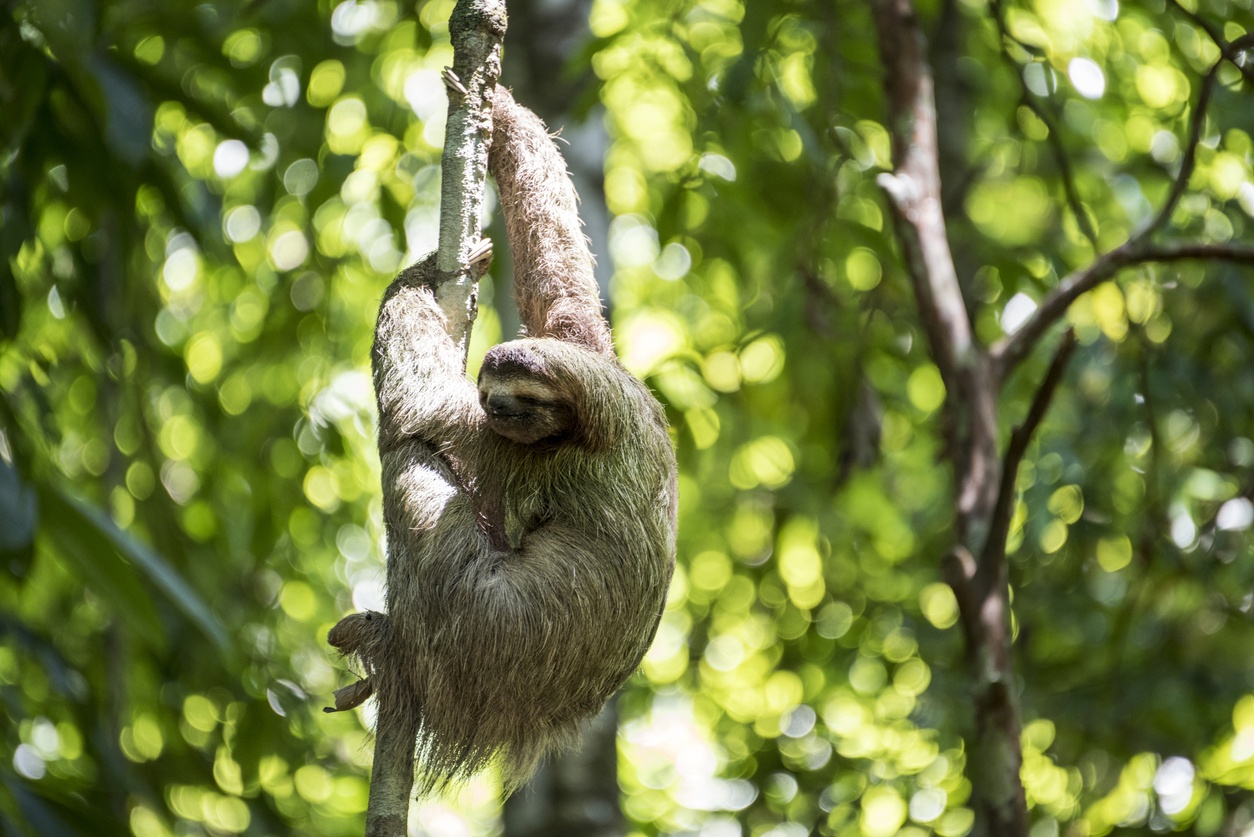
Corcovado National Park (Costa Rica)
Corcovado National Park is one of Costa Rica’s natural jewels, located on the Osa Peninsula in the southwest of the country. It was created in 1975 to protect one of the last tropical rainforests in Central America, home to 2.5% of the world’s biodiversity. It is home to numerous plant and animal species, many of them endemic or threatened, such as scarlet macaws, anteaters, harpy eagles, tapirs and jaguars.
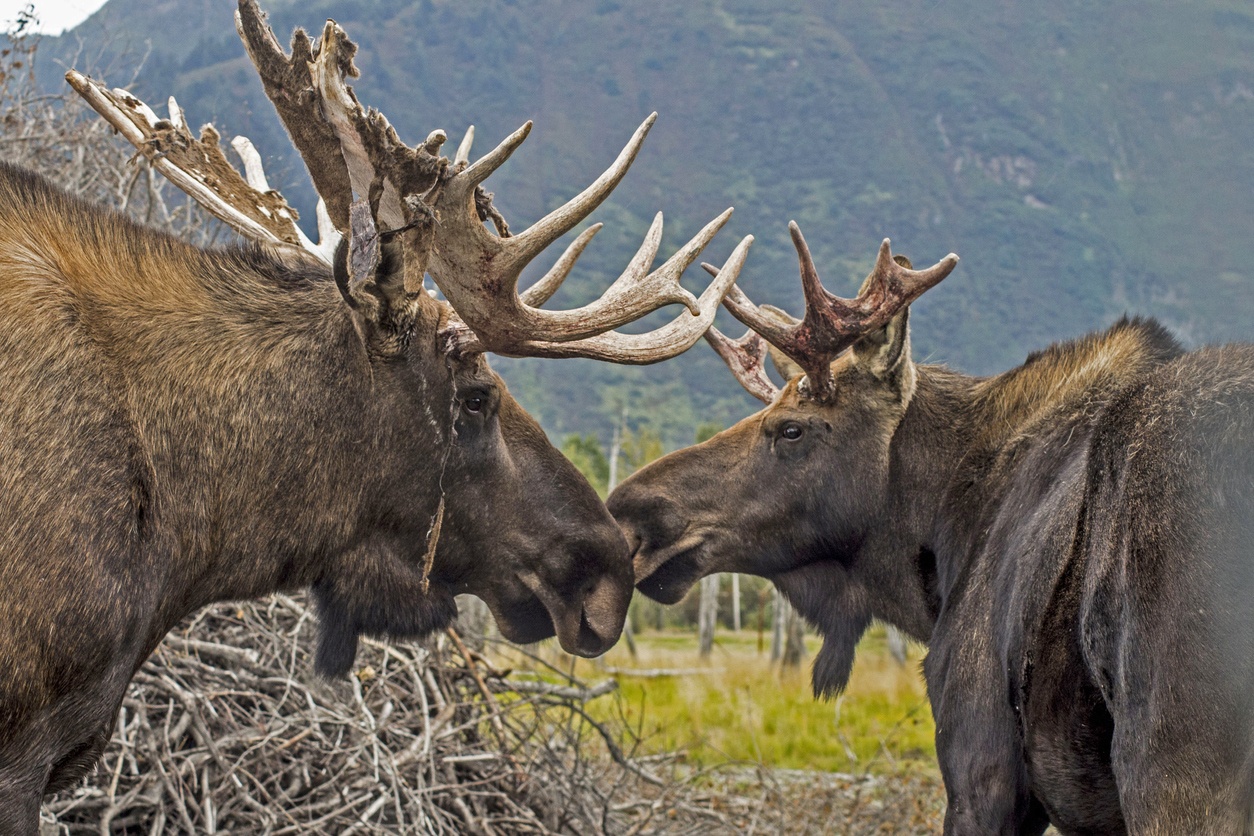
Denali National Park and Preserve (United States)
Denali National Park and Preserve is a protected area located in the interior of Alaska, containing Mount Denali, the highest mountain in North America at 6,194 meters. The park was created in 1917 and covers an area of 24,585 km². It is an ideal destination for nature and adventure lovers, as it is home to a wide variety of ecosystems, from forests and tundras to glaciers and volcanoes. It is also home to numerous animal species, such as bears, wolves, moose, caribou and Dall sheep.
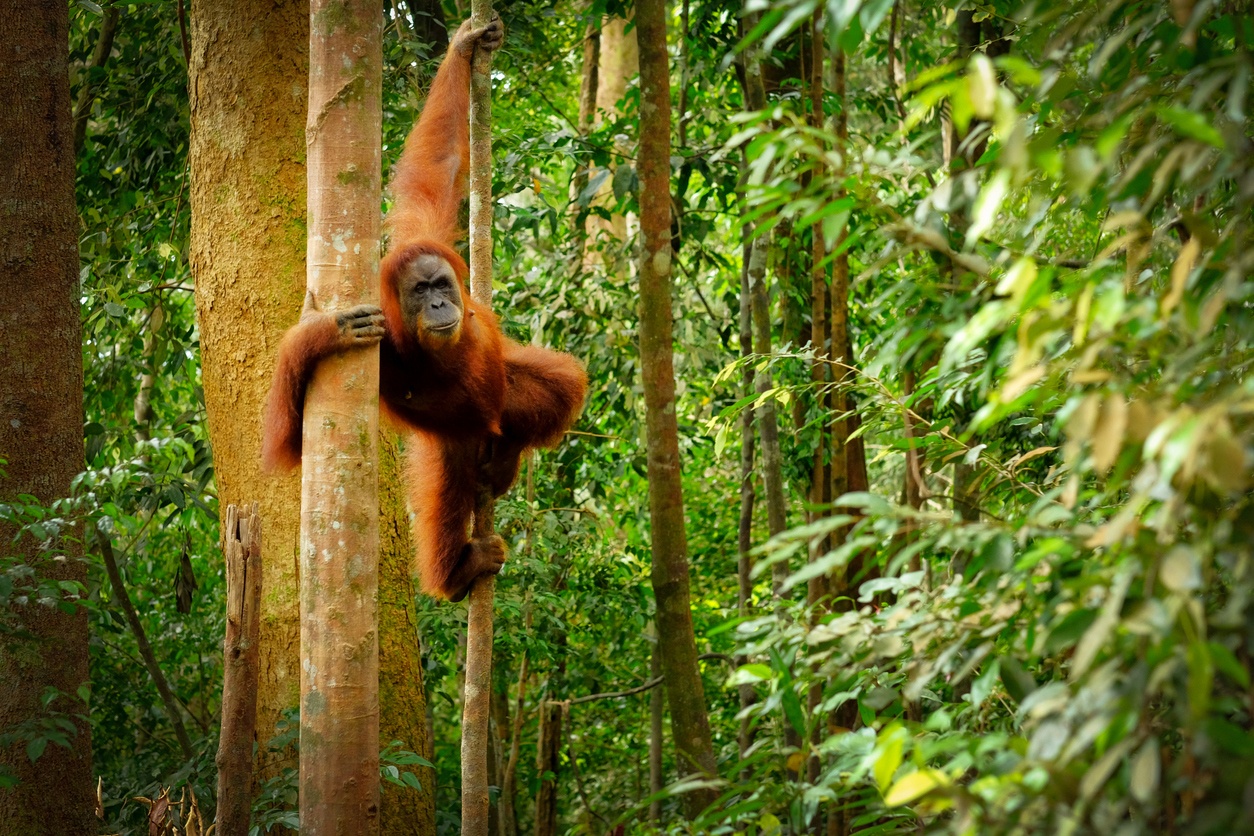
Gunung Leuser National Park (Indonesia)
The Gunung Leuser National Park nature reserve is one of the largest and most diverse in Indonesia. It is located in northern Sumatra, between the provinces of Aceh and North Sumatra, and covers an area of about 7,927 km². It is part of the Tropical Ombrophilous Forest Heritage of Sumatra, declared by Unesco. It is home to a wide variety of plant and animal species, many of them endemic or endangered, such as orangutans, tigers, elephants and rhinoceroses.
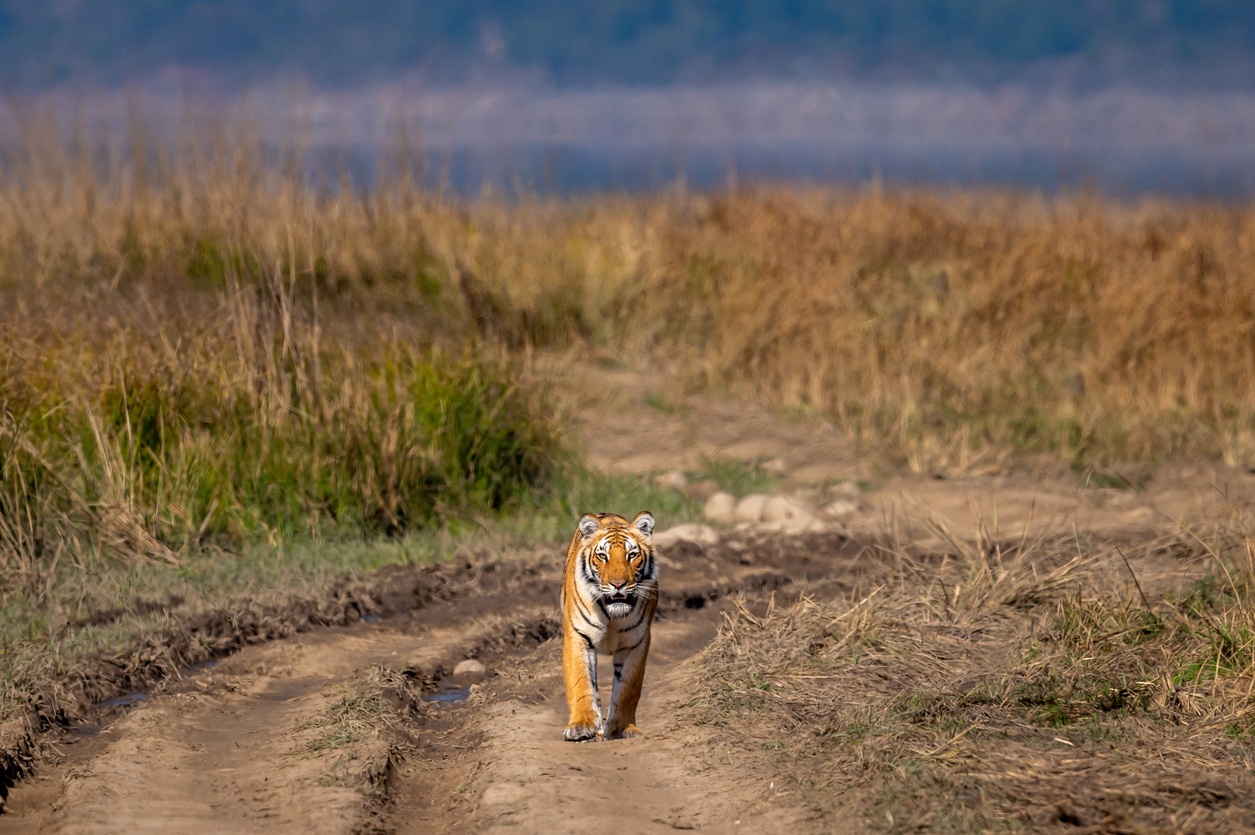
Jim Corbett National Park (India)
The Jim Corbett National Park Nature Reserve is India’s first national park, created in 1936. It is located in the state of Uttarakhand, in the north of the country, and covers an area of about 521 km². It is famous for its royal Bengal tigers, which can be spotted on safaris organized by the park. It is also home to a wide variety of other animals, such as leopards, elephants, bears, deer and crocodiles. It is an ideal destination for nature and wildlife lovers.
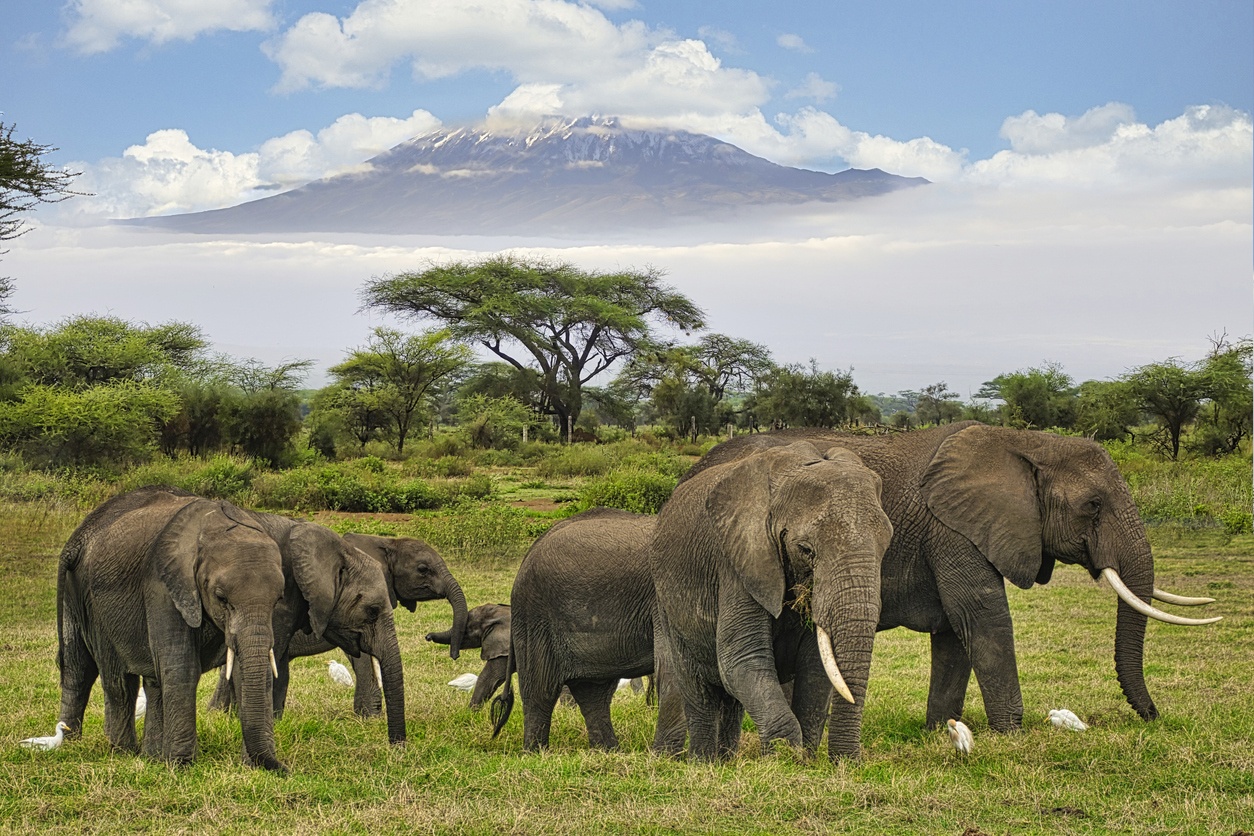
Masai Mara National Reserve (Kenya)
The Masai Mara National Reserve is one of the most spectacular wildlife viewing areas in Africa. It is part of the Serengeti region and is home to the Big Five (lion, leopard, elephant, buffalo and rhino) and millions of wildebeest that migrate each year in search of fresh pastures. It is named after the Maasai tribe that lives in harmony with nature and the Mara River that crosses the park.
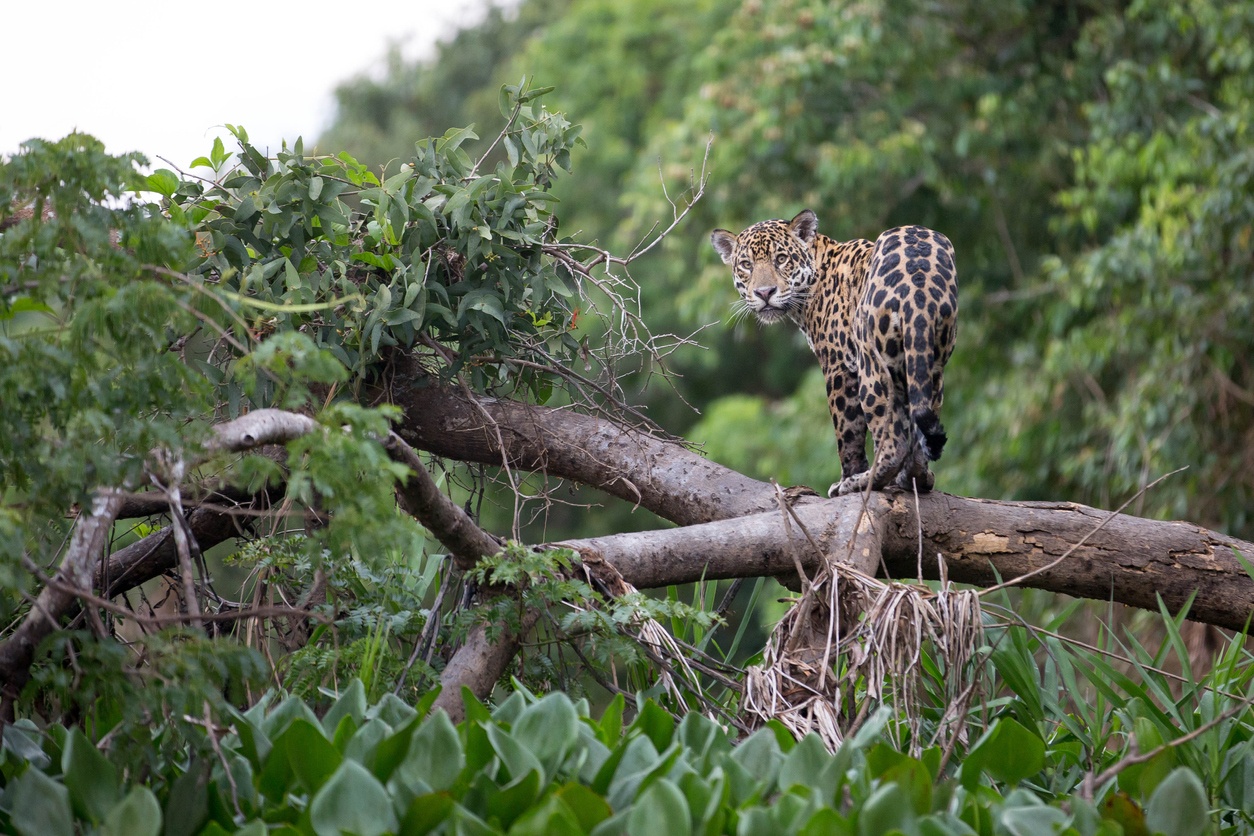
Pantanal (Brazil)
The Pantanal nature reserve is one of the largest freshwater wetlands in the world, recognized as a Biosphere Reserve by UNESCO. It extends through the states of Mato Grosso, Mato Grosso do Sul and Goiás, and is home to a great diversity of animal and plant species, many of them endangered. The Pantanal is an ideal destination for nature lovers, ecotourism and sport fishing.
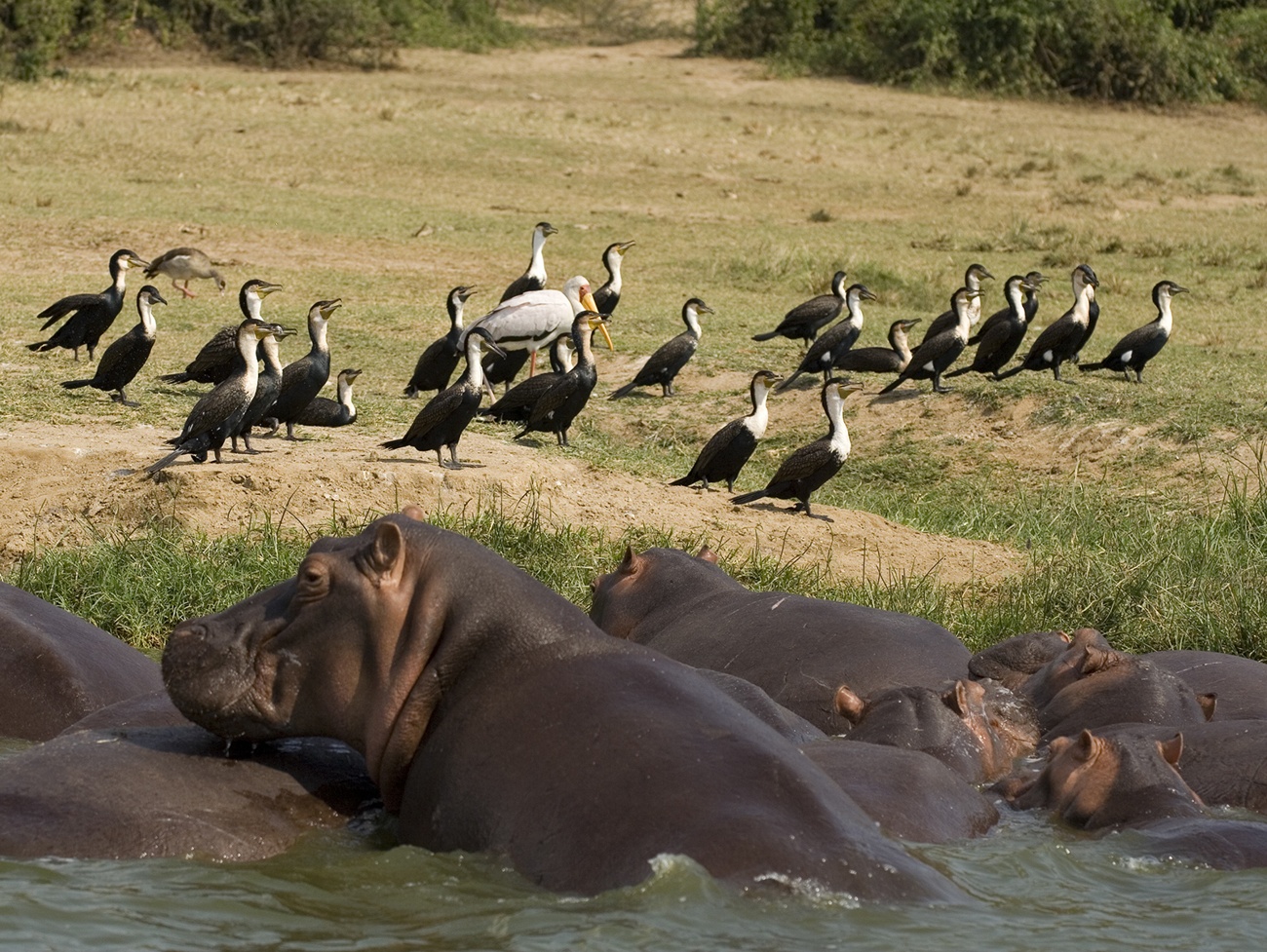
Queen Elizabeth National Park (Uganda)
The Queen Elizabeth National Park nature reserve is the most visited in Uganda. It was created in 1952 under the name Kazinga and was renamed in 1954 in honor of the visit of Queen Elizabeth II of England. It spans the districts of Kasese, Kamwenge, Bushenyi and Rukungiri, and is home to a variety of ecosystems, including lakes, forests, wetlands and volcanoes. It is a refuge for almost a hundred mammals and more than 600 birds.
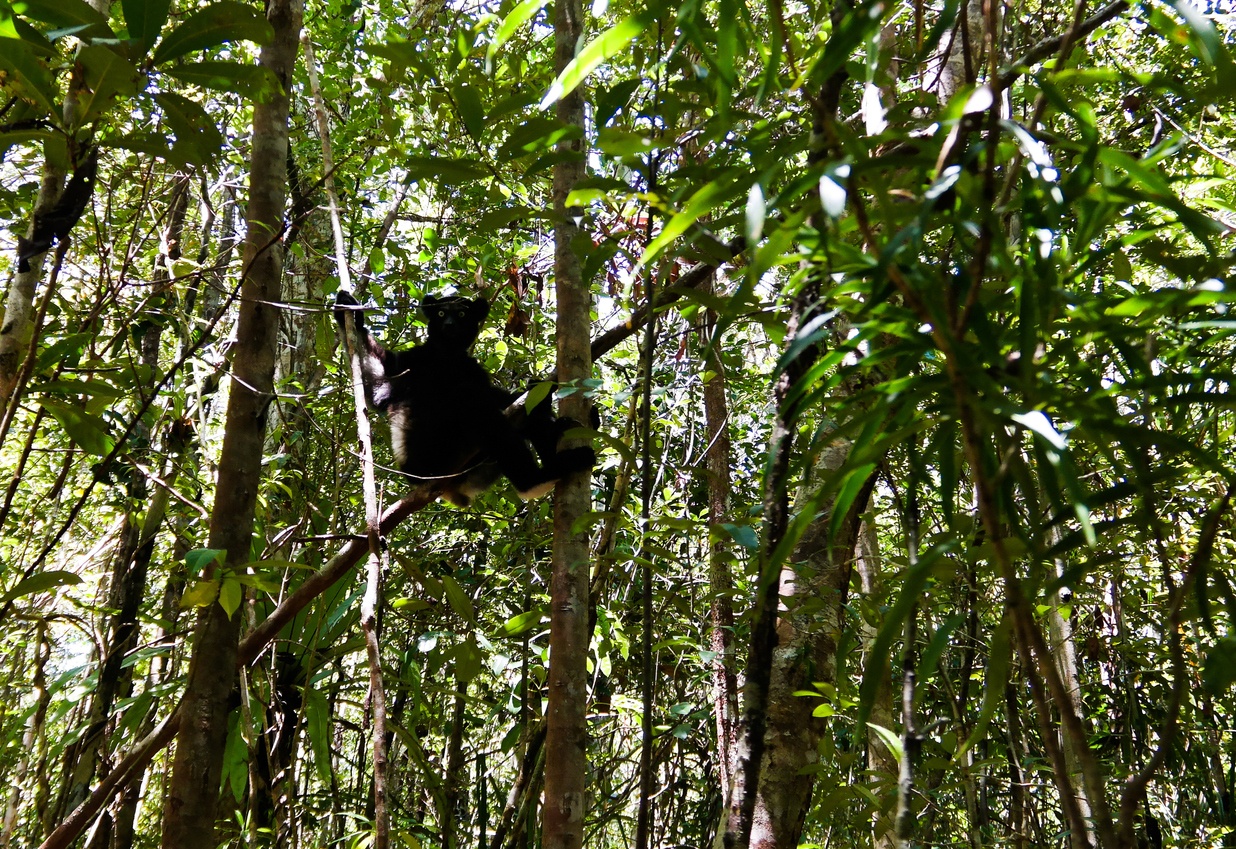
Pluviselvas de Atsinanana (Madagascar)
The nature reserves of the Atsinanana Rainforest are six national parks that stretch along the eastern coast of Madagascar. They are part of the Unesco World Heritage Site since 2007 for their ecological and biological value. They are home to a great diversity of plant and animal species, many of them endemic or endangered, such as lemurs, chameleons, frogs and orchids. They also bear witness to the isolated evolution of the Malagasy flora and fauna.
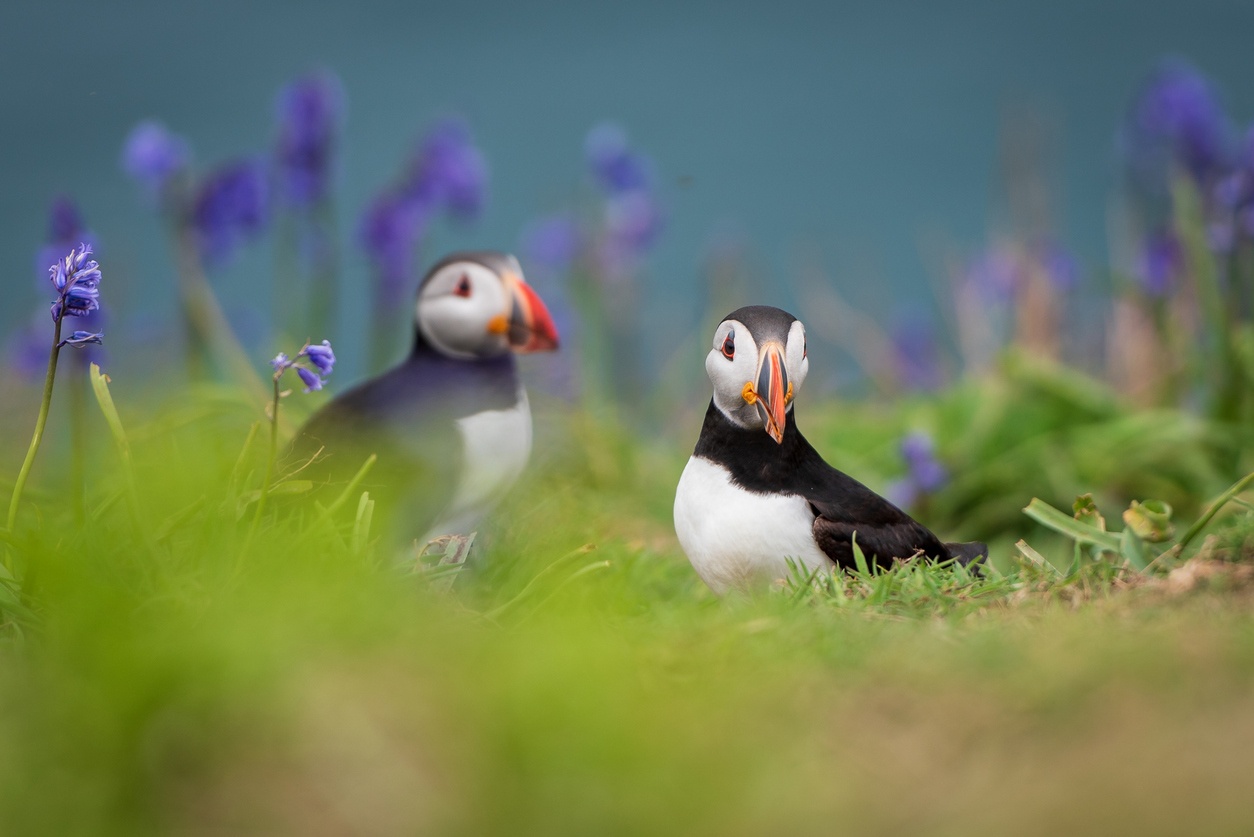
Skomer Island (Wales)
Skomer Island Nature Reserve is an island of almost 3 km² off the coast of Pembrokeshire, Wales. It is a haven for thousands of seabirds, including Atlantic puffins, pigeon shearwaters, guillemots and razorbills. It is also home to a unique population of red voles and a wide variety of wildflowers. The island also has a rich archaeological heritage, with remains of stone circles, menhirs and prehistoric houses.
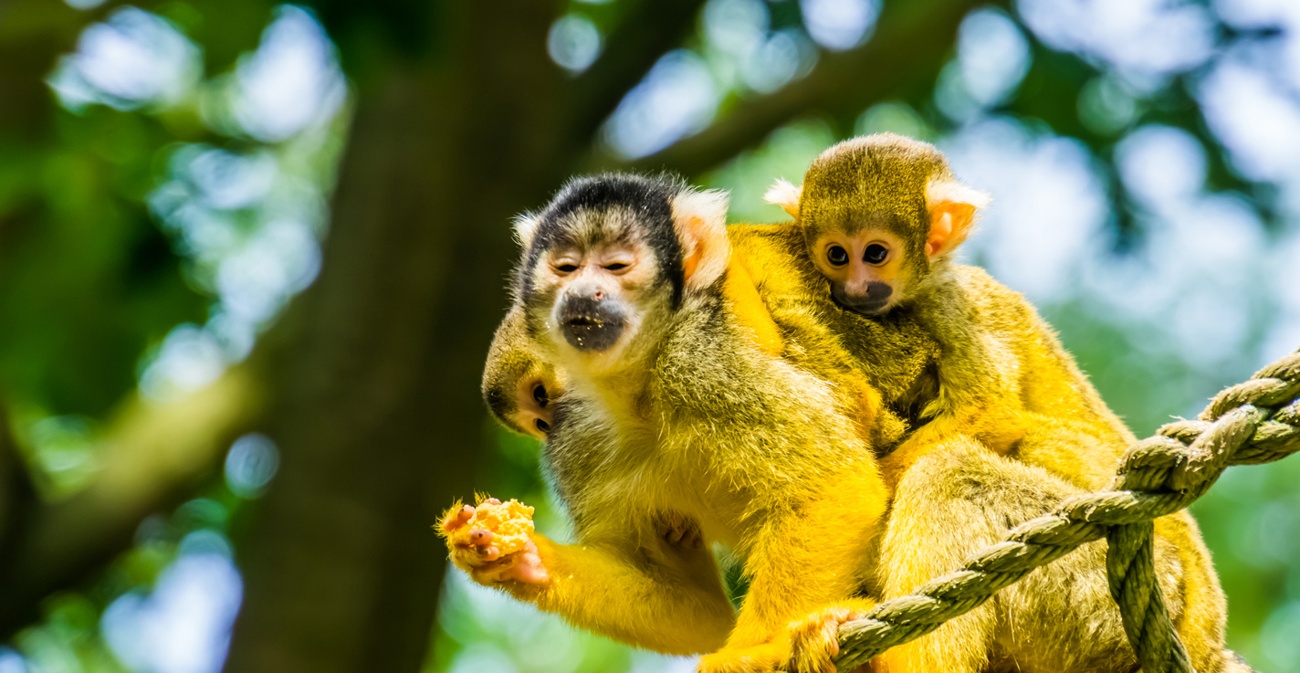
Amazon Basin
The Amazon Basin Nature Reserve is the part of South America that drains the Amazon River and its tributaries. It is the largest river basin in the world, with an area of about 7.4 million km², covering eight countries. It is also one of the largest reserves of biodiversity on the planet, with thousands of plant and animal species, many of them endemic or endangered. It is considered the main source of oxygen and fresh water in the world.
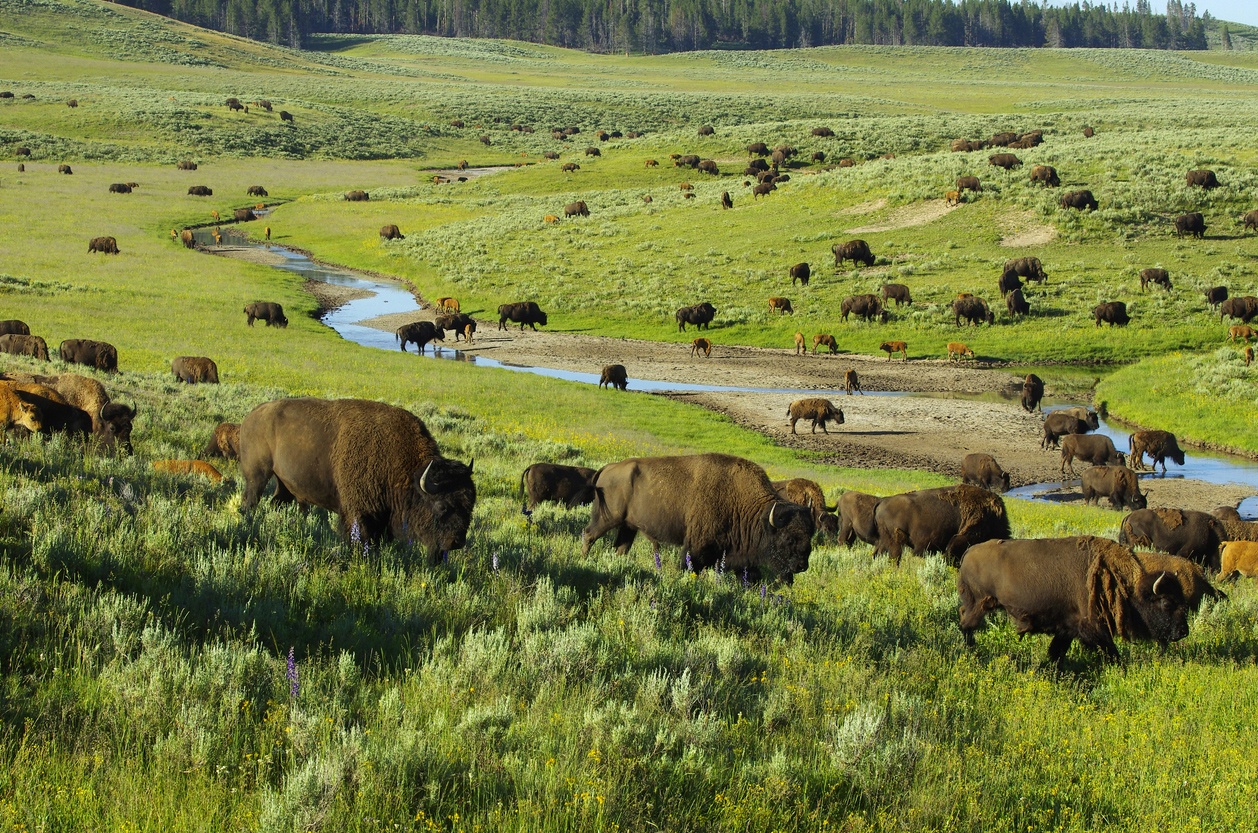
Yellowstone National Park (United States)
The Yellowstone National Park nature reserve is the first national park in the United States and the world, created in 1872. It spans the states of Wyoming, Montana and Idaho, and encompasses nearly 9,000 km² of forests, lakes, canyons, rivers and mountains. It is famous for its geysers, hot springs and active volcanoes, which are part of the largest volcanic caldera on the continent. It is home to a great diversity of animal and plant species, many of them endemic or endangered.
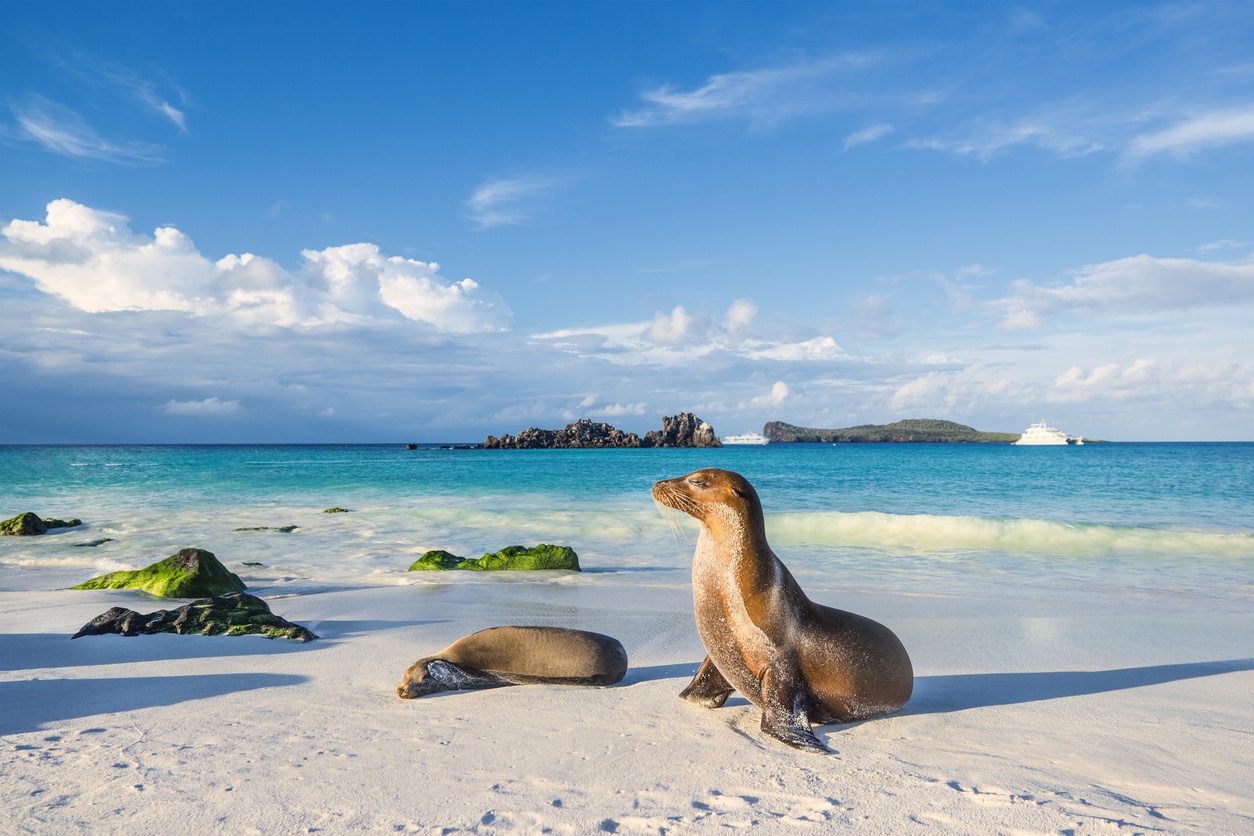
Galapagos Islands (Ecuador)
The Galapagos Islands nature reserve is a group of volcanic islands located in the Pacific Ocean, about 970 km off the coast of Ecuador. It was declared a national park in 1959, the first in the country, and a biosphere reserve by UNESCO in 1984. It is home to a great diversity of endemic species, such as giant tortoises, Darwin’s finches, marine iguanas and frigate birds. It is considered a living laboratory of evolutionary processes and a natural heritage of humanity.






